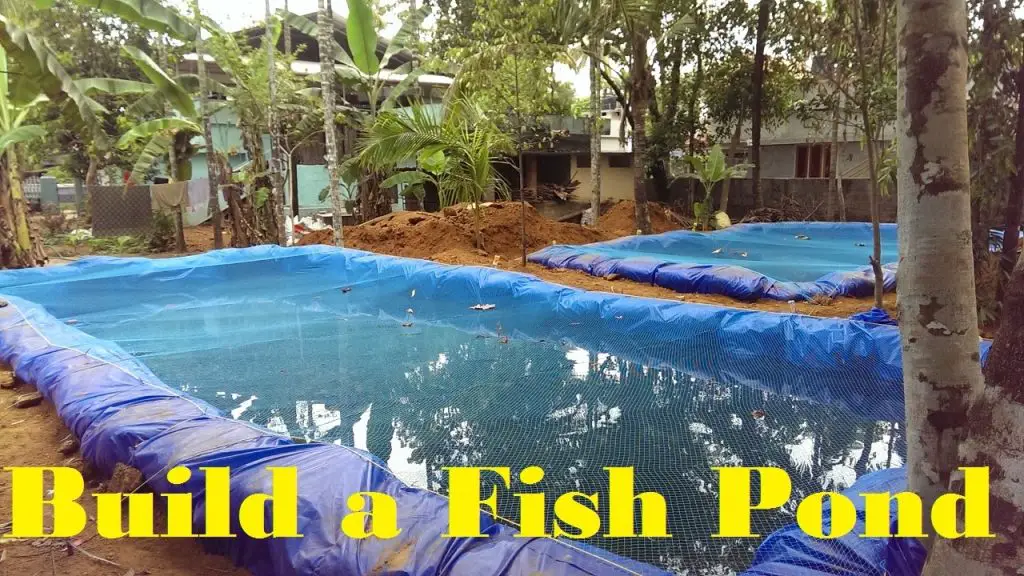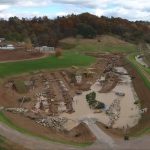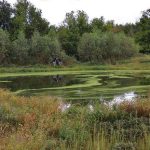How to Build a Pond for Fish Farming
Fish farming is a lucrative and sustainable practice that provides a significant source of protein for human consumption. One of the essential components of fish farming is a well-constructed pond that provides a suitable habitat for the fish to thrive. In this comprehensive guide, we will explore the step-by-step process of building a pond for fish farming, including site selection, construction, and maintenance.
1. Site Selection:
Selecting the right location for your fish pond is crucial for the success of your fish farming venture. Here are a few factors to consider when choosing a site for your pond:
– Accessibility: Ensure that the site is easily accessible for transportation of materials and equipment during construction and maintenance activities.
– Topography: The topography of the site should be suitable for pond construction, with minimal slopes and natural water retention properties.
– Water Source: A reliable and clean water source is essential for filling and maintaining the pond. Consider proximity to natural water bodies or availability of groundwater.
– Soil Quality: The soil should have good water retention properties and be free from contaminants that could harm the fish.
2. Pond Design and Sizing:
Once you have selected the site for your fish pond, it’s time to design and determine the size of the pond. Consider the following factors during the design phase:
– Pond Shape: The shape of the pond can vary based on personal preference and site constraints. Common shapes include rectangular, circular, and oval.
– Pond Size: The size of the pond will depend on the intended fish species and the scale of your fish farming operation. Adequate space should be allocated to accommodate the desired fish population.
3. Construction Process:
Now, let’s delve into the step-by-step construction process for building a fish pond:
Step 1: Clearing and Excavation
Clear the selected site of any vegetation and debris. Excavate the area to the desired depth and shape of the pond, taking into consideration the slope of the bottom for proper water drainage.
Step 2: Construction of Pond Walls
Construct the walls of the pond using durable materials such as concrete, bricks, or geomembrane liners. The walls should be sturdy and well-sealed to prevent water leakage.
Step 3: Inlet and Outlet Structures
Install inlet and outlet structures to regulate water flow in and out of the pond. This will help maintain optimal water levels and quality within the pond.
Step 4: Water Filling and Testing
Fill the pond with water from the chosen source. Test the water quality to ensure it meets the required standards for fish farming, including pH levels, temperature, and oxygen content.
4. Stocking and Management:
After the construction of the pond is complete, it’s time to stock it with fish and implement proper management practices:
– Fish Stocking: Introduce the desired species of fish into the pond. Consider factors such as stocking density, feeding requirements, and growth potential of the chosen fish species.
– Water Quality Management: Monitor and maintain the water quality within the pond by conducting regular tests for pH, ammonia, nitrites, and oxygen levels. Implement proper aeration and filtration systems as needed.
– Feeding and Nutrition: Provide the fish with a balanced diet to support their growth and overall health. Commercial fish feeds or natural feeds such as algae and insects can be utilized based on the fish species.
5. Maintenance and Harvesting:
Regular maintenance is essential to ensure the optimal health and productivity of the fish within the pond:
– Cleaning and De-Weeding: Periodically remove debris, excess vegetation, and sediment buildup from the pond to maintain water clarity and quality.
– Disease Prevention: Implement biosecurity measures to prevent the spread of diseases among the fish population. Quarantine and treat any diseased fish promptly.
– Harvesting: When the fish reach the desired size for market or consumption, plan for the harvesting process. Use appropriate methods such as seining, netting, or draining to capture the fish without causing stress or injury.
6. Conclusion:
Building a pond for fish farming requires careful planning, construction, and ongoing management to ensure the success of your fish farming venture. By following the steps outlined in this guide and implementing best practices for pond management, you can create a thriving habitat for fish that supports sustainable and profitable fish farming operations. Remember to seek guidance from local fishery experts and regulatory authorities to ensure compliance with relevant laws and regulations governing fish farming activities. With dedication and proper care, your fish pond can become a valuable resource for producing high-quality fish for local markets or personal consumption.





